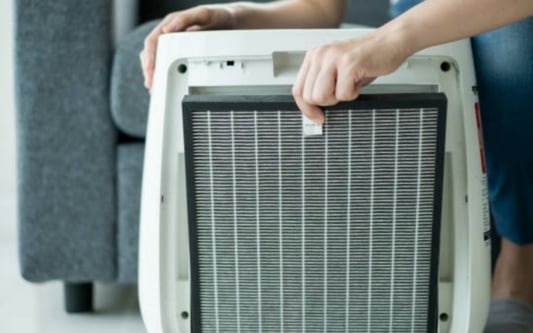Introduction: Understanding the Importance of Heat SinksHeat sinks are a critical component in many electronic devices, helping to dissipate heat and prevent overheating. In this article, we will explore the effectiveness of heat sinks and their role in maximizing cooling efficiency. By understanding the various aspects of heat sinks, you can make informed decisions when it comes to selecting and optimizing their performance.1. The Basics of Heat TransferHeat sinks work based on the principle of heat transfer, specifically conduction and convection. When a heat-generating component such as a CPU or power transistor becomes hot, it transfers the heat to the heat sink through direct contact. The heat sink then dissipates the heat into the surrounding environment through convection, allowing the component to remain within safe operating temperatures.2. Types of Heat SinksThere are various types of heat sinks available, each with its own design and functionality. Some common types include passive heat sinks, active heat sinks, and liquid cooling systems. Passive heat sinks rely on natural convection to dissipate heat, while active heat sinks incorporate fans or blowers to enhance cooling. Liquid cooling systems, on the other hand, use a liquid medium to transfer heat away from the component.3. Factors Affecting Heat Sink EffectivenessSeveral factors influence the effectiveness of a heat sink. These include the material used, the surface area, the fin design, and the airflow around the heat sink. Materials with high thermal conductivity, such as copper or aluminum, are commonly used for heat sinks. Increasing the surface area and optimizing the fin design can enhance heat dissipation, while ensuring proper airflow is crucial to prevent heat buildup.4. Thermal Interface MaterialsWhen installing a heat sink, a thermal interface material (TIM) is often used to improve thermal conductivity between the heat-generating component and the heat sink. TIMs, such as thermal paste or thermal pads, fill in microscopic gaps and air pockets, ensuring maximum heat transfer. Using high-quality TIMs and applying them correctly can significantly improve the effectiveness of heat sinks.5. Importance of Proper InstallationThe effectiveness of a heat sink also depends on proper installation. It is crucial to ensure a secure and tight connection between the heat sink and the component to facilitate efficient heat transfer. Insufficient pressure or incorrect orientation can lead to reduced cooling performance and potential overheating issues.6. Heat Sink Optimization TechniquesTo maximize the effectiveness of heat sinks, several optimization techniques can be employed. These include adding heat pipes to enhance heat transfer, using advanced fin designs such as pin fins or honeycomb structures, and optimizing the airflow within the system. Additionally, regularly cleaning the heat sink from dust and debris can prevent airflow obstruction and maintain optimal cooling efficiency.7. Limitations of Heat SinksWhile heat sinks are highly effective in many applications, they do have limitations. Heat sinks can only dissipate heat into the surrounding environment, meaning the ambient temperature plays a crucial role. In high-temperature environments or in cases where the heat load is exceptionally high, additional cooling methods may be required, such as liquid cooling or thermoelectric coolers.8. Advancements in Heat Sink TechnologyOver the years, there have been significant advancements in heat sink technology. Innovations such as heat pipes, vapor chambers, and microchannels have greatly improved heat transfer capabilities. Additionally, the development of advanced materials and manufacturing techniques has led to more efficient and compact heat sinks, allowing for better thermal management in modern electronic devices.9. Real-World ApplicationsHeat sinks find applications in various industries, including electronics, automotive, aerospace, and telecommunications. They are used in computer CPUs, power electronic devices, LED lighting, electric vehicle components, and more. Effective heat sink design and implementation are critical in these applications to ensure reliable and efficient operation.10. Conclusion: Harnessing the Power of Heat SinksHeat sinks are a vital component for managing heat in electronic devices. By understanding their effectiveness and implementing optimization techniques, you can ensure optimal cooling efficiency and prolong the lifespan of your electronic components. Whether in consumer electronics or industrial applications, heat sinks play a crucial role in maintaining safe operating temperatures and preventing performance degradation.Quote InquiryContact us!










